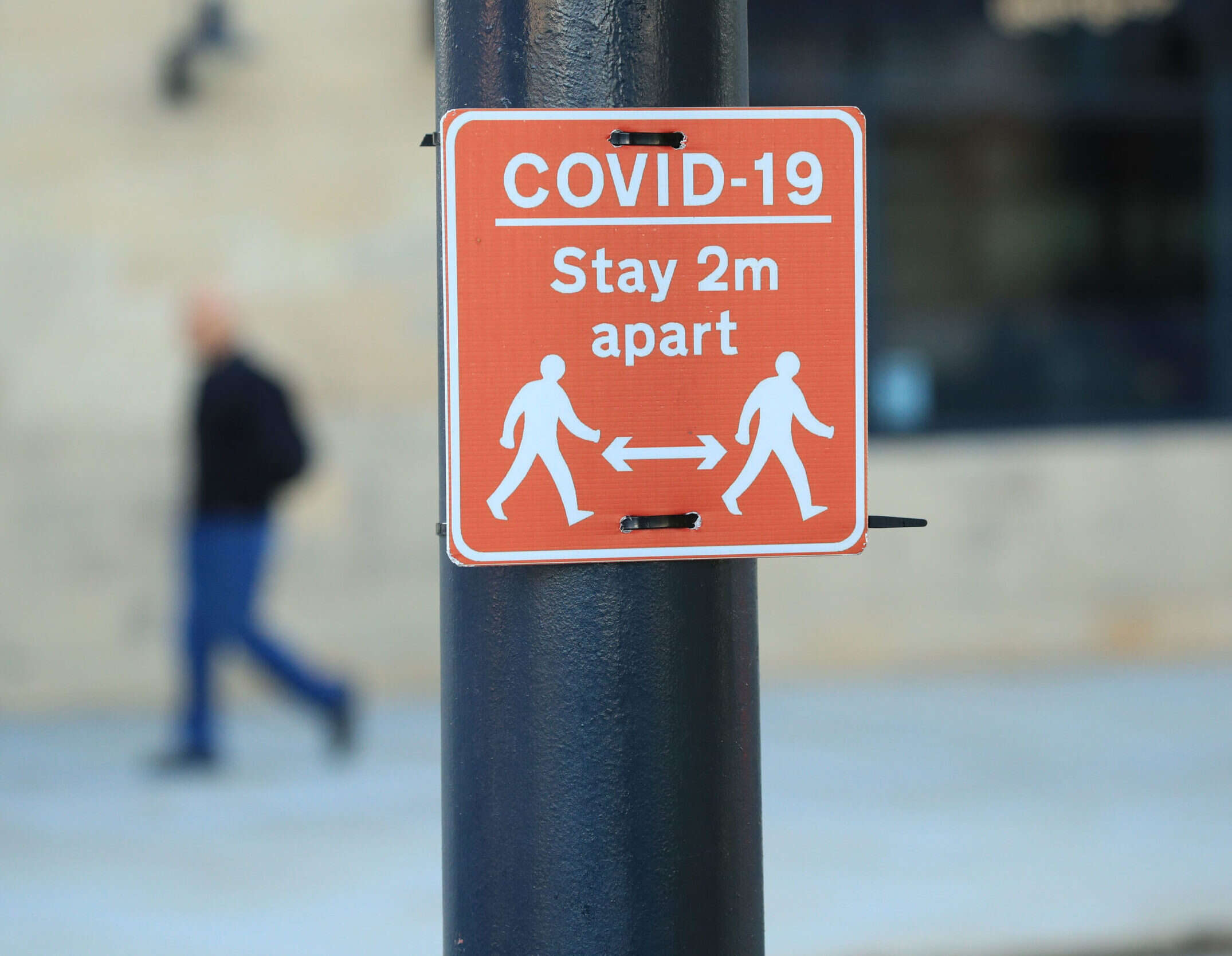
A boost in referrals from Google and Facebook contributed significantly to the uplift in traffic to news websites seen at the start of the Covid-19 pandemic, according to new analysis.
Traffic to news websites from Google search rose by more than 60%, or 200m daily page views, in mid-March, while referrals from Facebook were up by 35%, or 70m page views.
Content analytics platform Chartbeat reported these “significant jumps” and said the other half of the jump in traffic experienced by news publishers came from readers directly visiting news websites for information.
Chartbeat content manager Nick Lioudis said: “This change in traffic, with a greater percentage of traffic coming from search, is in line with what we typically see during major news events, where readers more often rely on search to seek out relevant information.
“However, we usually think about that phenomenon on the shorter timelines that are usually associated with breaking news events.
“Because Covid coverage has been prominent for several months, it is notable that the dominance of Google Search as a traffic source has been sustained over time.”
Google News and Twitter also saw their volume of referral traffic to news publishers jumping by 60-70% as reader interest in Covid-19 peaked in mid-March.
Chartbeat looked at more than 175bn page views from January to June across 56m articles internationally, about 7m of which were about Covid-19.
It found that the number of coronavirus-related articles being published peaked globally in mid-March, when lockdown restrictions began to be introduced in the UK and US.
The amount of content subsequently fell by 45% by the end of May.
Traffic also peaked in the second and third weeks of March but audience interest fell faster than coverage, with a drop in traffic of almost 60% by the end of May.
Lioudis said this suggested “the onset of reader fatigue” which will require the need for new content strategies to attract attention back as the pandemic continues.
Page views for Covid-19 content in the UK peaked about a month before the high point for new cases of the virus came in April.
In the US, the peak day for traffic on coronavirus stories came in early March, 36 days before new cases peaked.
US traffic fell by about 80% between its March peak and mid-June, despite the number of new cases only falling by about 20%.
Overall traffic does remain higher than pre-pandemic levels.
The research also showed that visitors spent about 35% of their time on coronavirus-related articles in March, compared to 20% in May.
Covid-19 articles tended to have a higher average engaged time, with readers spending 34% more time than they did on other pages.
Live blogs drove almost half of all engagement among the top 100 Covid-19 articles, with Lioudis saying “this frequently-updated format has resonated well with readers”.
He also pointed to infographics and long-form pieces as successful types of content with high engagement levels.
Picture: Danny Lawson/PA Wire
Email pged@pressgazette.co.uk to point out mistakes, provide story tips or send in a letter for publication on our "Letters Page" blog
